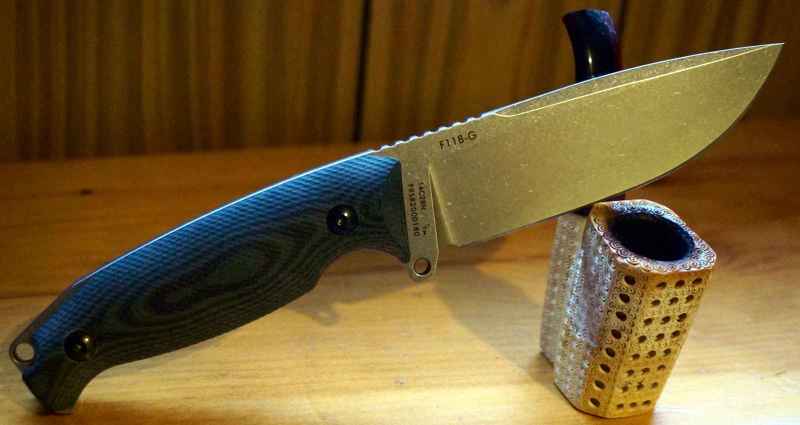Sounds like somebody is mad that they spent all that money on equipment when it can be done with a $90 Dremel! But whatever you say PRO!! I guess I will just start turning away my customers, since you disagree.I'll bet you can cold blue a gun and make it look just like factory, too.
Lots of people can do stuff like this-in their own minds, but a pro can spot it from yards away.
Last edited:














